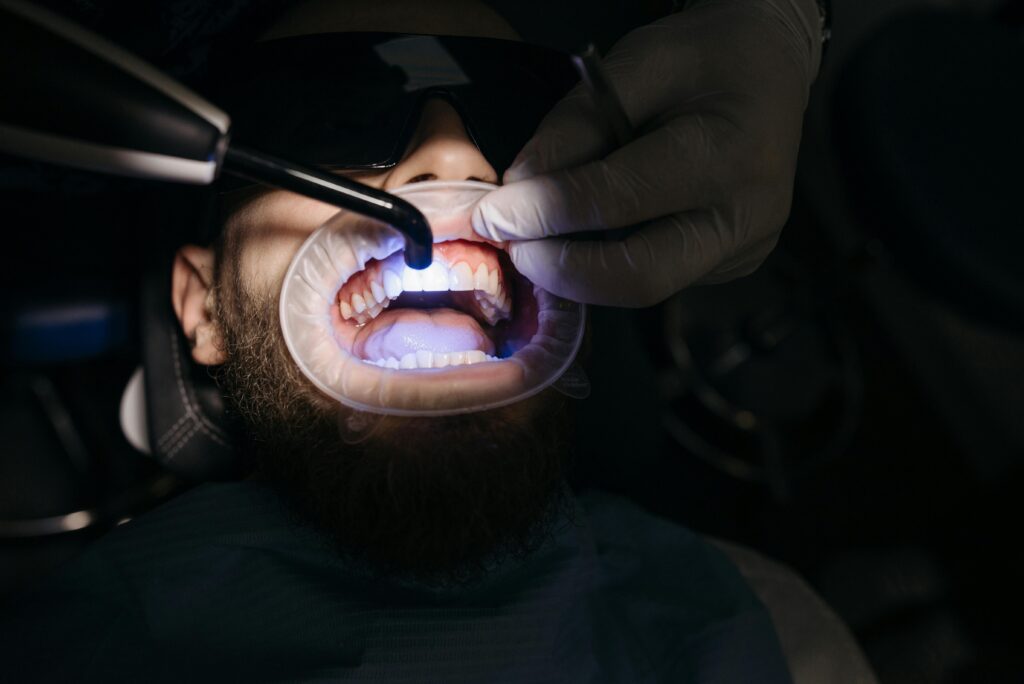The gingival sulcus is a narrow gap between the gums and the tooth. Similar to how the cuff of a sleeve fits around the wrist, the gum disease wraps tightly around the tooth, creating this space. Understanding how to clean and maintain this area is key to preventing gum issues and promoting good oral health.
Table of Contents
Understanding the Gingival Sulcus and Its Role in Oral Health
This natural space, where the tooth and gum meet, is crucial for keeping your gums attached to your teeth. At the bottom of the sulcus is the cementoenamel junction, an important area that helps attach the gums to the tooth’s surface.
Healthy gums are firm, pink or brown, and tightly surround the tooth. A healthy gingival sulcus typically measures less than 3mm deep, which your dentist checks during routine exams.
Measuring the Gingival Sulcus
During a dental exam, your dentist may use a tool called a periodontal probe to measure the depth of the sulcus. The probe gently slides into the gingival sulcus and checks the pocket where the gums attach to the tooth. You can imagine this as slipping your finger under the cuff of a sleeve to feel the space.
Gum Disease: A Gateway to Oral Health Issues
To keep the gingival sulcus clean, it’s important to brush your gums and teeth properly and floss between them to get rid from gum disease. If plaque builds up in this area, it can cause gingivitis, leading to swollen and irritated gums. Good oral care can reverse gingivitis, but if plaque isn’t removed, it can deepen the sulcus, allowing more plaque to build up and increasing the risk of periodontal disease. This condition is marked by gum attachment loss of at least 3 millimeters and pocket depths of 4 millimeters or more. While some factors like genetics and age are out of our control, smoking and poor diet are preventable risks for gum disease.
Maintaining Healthy Gums and Preventing Gum Disease
When plaque builds up in the gingival sulcus, it can lead to serious problems, including tooth loss. To prevent this, your dentist may suggest scaling or root planing, a deep cleaning procedure beneath the gums. In severe cases, surgery such as gum grafts may be required to restore gum health.
Regardless of whether you have gum disease or are at risk for it, maintaining a healthy gingival sulcus starts with good oral hygiene and regular dental visits. Brush your teeth twice daily using a soft-bristle toothbrush and fluoride toothpaste, and clean between your teeth with floss or other interdental cleaners.
Plaque and bacteria can build up in the gingival sulcus, so taking extra care of this area will keep your gums and teeth healthier for years to come.







